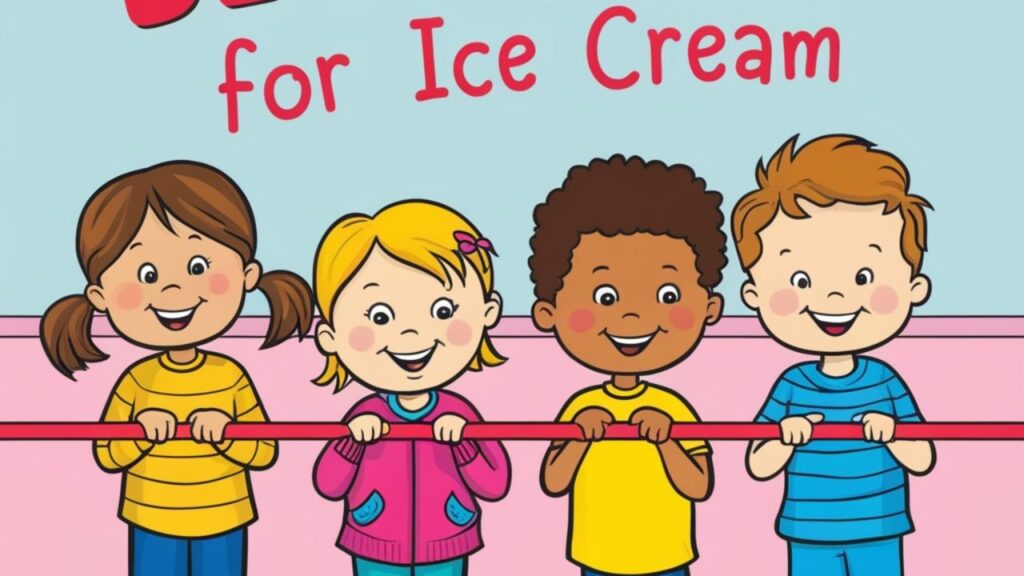The phrase Be Patient tells someone to stay calm and wait nicely. It describes how a person acts in the moment. Teachers, parents, and friends often use it when they want someone to relax or stop worrying for a while.
The phrase Have Patience means to show understanding and control inside yourself. It talks about your feelings and how you manage waiting or tough times. People use it when they want to remind themselves to stay kind and strong.
Both Be Patient and Have Patience help people handle problems without getting upset. These words teach good manners and self-control. Learning when to use them makes speaking and writing clearer and more polite.
Understanding the Meaning of Patience
At the core, both expressions relate to patience, a virtue that’s universally admired yet hard to practice.
What Is Patience?
Patience means staying calm when things take time. It helps people wait without anger or worry. A calm person listens, smiles, and handles problems gently. This quality makes life easier and helps everyone get along better each day.
Patience also shows strength and kindness. It teaches people to think before they act. When someone learns this skill, they become peaceful and happy. It builds trust, makes friendships stronger, and helps people grow with understanding and care.
Cultural and Psychological Dimensions of Patience
- Cultural Value – In many Asian cultures, patience shows wisdom and respect. People see it as a quiet strength that builds harmony in families and communities.
- Emotional Balance – Psychologists explain that patience helps control emotions. It keeps the mind calm and clear during stress or delay, leading to better choices.
- Personal Growth – Practicing patience teaches self-control and kindness. It helps people grow stronger inside, understand others better, and handle life with peace and confidence.
What Does ‘Patient’ Mean?

To understand the phrases “be patient” and “have patience,” it’s crucial to know how the word “patient” functions in language.
Patient as an Adjective vs. Patient as a Noun
| Form | Function | Example | Meaning |
| Adjective | Describes a person’s behavior | She is patient with children. | She behaves calmly and tolerantly. |
| Noun | Refers to a person receiving care | The patient is stable. | A person receiving medical attention. |
When to Use “Be Patient”
“Be patient” is a command or suggestion that encourages someone to adopt a state of patience. It emphasizes behavior and attitude in the present moment.
See also Moose vs Mousse: Easy Guide to Meaning & Spelling
Examples in Daily Language
- A teacher says, “Be patient, the answer will come soon.” This helps students stay calm while learning.
- A parent reminds, “Be patient, dinner is almost ready.” It teaches children to wait politely and without complaint.
- A friend advises, “Be patient, everything takes time.” These words bring comfort and hope during difficult moments.
Situations Where “Be Patient” Is More Natural
- During Learning – Teachers often say Be Patient when students struggle with lessons or practice new skills. It encourages calm focus.
- In Daily Delays – People use Be Patient while waiting in lines, traffic, or for results. It helps control frustration.
- When Giving Support – Friends and parents say Be Patient to comfort someone feeling upset or worried. It spreads calmness and care.
When to Use “Have Patience”
“Have patience” uses patience as a noun, making it sound more abstract or philosophical. It’s less direct and often used in reflective or formal settings.
Examples in Real Use
- A coach says, “Have Patience, success doesn’t happen overnight.” It teaches steady effort and faith in progress.
- A friend reminds, “Have Patience, good things take time.” These words inspire calm hope during waiting.
- A parent advises, “Have Patience, everything will work out.” It helps children learn strength and peace in hard moments.
Where “Have Patience” Feels Right
- In Formal Writing – Authors and speakers use Have Patience in books, speeches, or lessons to sound thoughtful and respectful.
- In Reflective Talks – People say Have Patience when sharing life advice or speaking about personal growth and calmness.
- In Spiritual Settings – Teachers and leaders use Have Patience to guide others toward peace, faith, and understanding during tough times.
Be Patient vs. Have Patience: Side-by-Side Comparison
| Aspect | Be Patient | Have Patience |
| Grammatical Role | Verb + adjective | Verb + noun |
| Tone | Direct, active | Reflective, contemplative |
| Common Contexts | Advice, instructions, casual speech | Formal writing, philosophical statements |
| Natural Sound in Speech | Very natural | Can feel formal or old-fashioned |
| Example | Be patient with the process. | Have patience during hard times. |
How Native Speakers Choose Between the Two
Most native English speakers intuitively know when to use either phrase, based on tone, formality, and context.
Spoken Conversation Preferences
- Everyday Speech – People mostly say Be Patient in normal talks because it sounds friendly, simple, and natural.
- Calm Advice – Speakers use Be Patient when giving quick support or comfort to someone feeling worried or upset.
- Polite Guidance – Have Patience appears in careful or serious speech, often when someone wants to sound respectful or wise.
Examples in Dialogue
Be Patient sounds friendly in short talks. A mother may say, “Be patient, your turn will come soon.” A teacher may smile and say, “Be patient and try again.” It helps others feel calm and safe while waiting.
Have Patience fits calm and serious talks. A father may say, “Have patience, good things take time.” A friend may say, “Have patience, your hard work will shine.” These simple lines spread peace and gentle encouragement.
Linguistic Clarity: Avoiding Mistakes

- Use Correct Form – Say Be Patient, not “Be Patience.” The word patient is an adjective, and it fits naturally after “be.”
- Avoid Mixing Words – Never say “Have Patient.” The word patient means a person receiving care, not the feeling of calmness.
- Keep It Simple – Don’t invent words like “Patienceful.” The correct way is always Be Patient or Have Patience for clear and proper English.
Common Errors to Avoid
| Incorrect Phrase | Correct Version | Why |
| Be patience | Be patient | “Patience” is a noun, not an adjective |
| Have patient | Have patience | “Patient” as a noun refers to a person |
| Be patienceful | Be patient | “Patienceful” isn’t a real word in English |
Real-Life Applications of Patience
Let’s move beyond grammar and explore how patience – both as a concept and behavior – plays out in different areas of life.
In Relationships
- Builds Understanding – Showing patience in relationships helps people listen and care for each other. It allows time to understand feelings and avoid hurtful reactions.
- Creates Peace – Couples and friends stay calmer when they use patience. It prevents small problems from turning into big arguments.
- Strengthens Trust – Using patience helps partners forgive mistakes and support each other. It builds love, respect, and lasting harmony.
Case Study: Parenting
A 2022 study by the Child Mind Institute showed that parents who practiced verbal patience saw a 28% improvement in their child’s emotional regulation within three months.
In Career and Ambition
- Supports Growth – Patience helps people stay focused while learning new skills or waiting for success. It builds confidence and steady progress in any job.
- Encourages Consistency – Workers who show patience handle challenges calmly and keep improving even when results come slowly.
- Brings Long-Term Success – Patience teaches professionals to think wisely, plan carefully, and wait for the right time to reach their goals.
In Everyday Life
- In Daily Delays – Patience helps people stay calm while waiting in lines, traffic, or for their turn. It keeps the mind relaxed and peaceful.
- With Technology – When phones or computers work slowly, patience stops frustration and allows clear thinking to fix problems.
- At Home – Practicing patience with family makes the home happier. It teaches kindness, respect, and better understanding among everyone.
See also Accordion vs Accordian: Find the Right Spelling Fast
Quick Reference: Cheat Sheet
| Use This Phrase | When You Want To… |
| Be Patient | Encourage someone to stay calm now |
| Have Patience | Emphasize the importance of inner calm or endurance |
Final Thoughts
Learning Be Patient and Have Patience helps people speak clearly and kindly. These words guide good behavior and calm hearts. When used well, they make talks gentle and friendly, helping everyone understand feelings with care and respect.
Both phrases teach control and kindness in daily life. They remind children and adults to stay peaceful during hard times. Practicing them builds confidence, respect, and understanding. Using such words often makes speech polite and thoughtful.
FAQs
Which is correct, be patient or be patience?
“Be patient” is correct; “patient” is an adjective, while “patience” is a noun.
When to use patient vs patience?
Use “patient” to describe a person’s quality; use “patience” when referring to the ability to stay calm.
What can I say instead of “be patient”?
You can say “stay calm,” “hang in there,” or “take your time.”
What does it mean to be patient?
It means staying calm and tolerant when facing delays, problems, or difficulties.

Join Bibcia on a journey to master English grammar. Discover easy lessons, writing tips, and practical examples designed to make learning grammar simple and effective.










